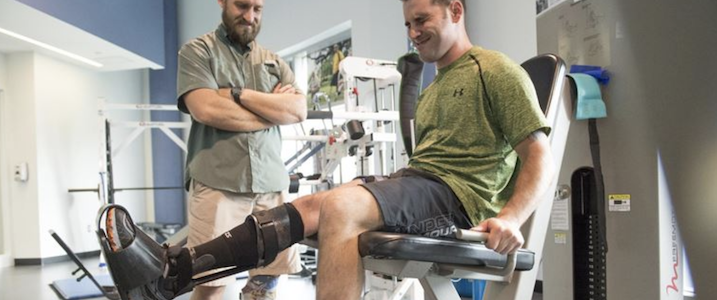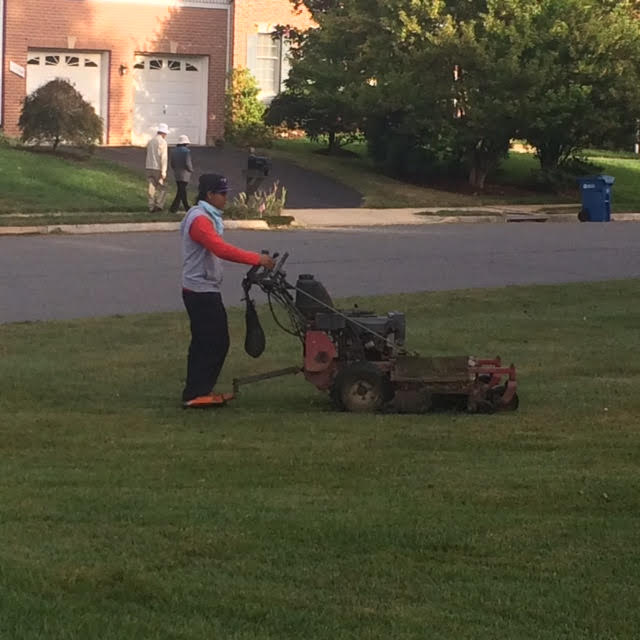Willful Violation of a known and enforced safety rule: Bad news for the injured worker The violation of a known and enforced safety rule by an employee often serves to cause an otherwise valid workplace injury claim to be denied by the Virginia Workers’ Compensation Commission. It does not matter how serious the injuries are;…
Continue reading →
Continue reading
Whose side are they on, anyway? After a workplace accident, an injured worker has enough to worry about, like paying for food, rent, utilities, gas, etc., without having to worry about whether nurse case managers, the insurance company, or employer assigned to his case are interfering, or worse, setting him up for denial or termination…
Continue reading →
Continue reading
Generally, in order to get wage loss benefits BEYOND the 500 week limit, a worker injured in the Commonwealth has to have lost 2 arms, 2 legs, 2 hands, 2 eyes, 2 feet, etc., in the same workplace accident. In a recent appeal to the Virginia Court of Appeals, an employer’s argument that the Virginia…
Continue reading →
Continue reading
Can a worker whose fingers or toes are amputated because he or she could not read a machine’s instructions get workers’ compensation benefits? In workers’ comp cases, employers or their insurance company can win on the defense of “willful violation of a safety rule” only if they show the employee intended to break a known…
Continue reading →
Continue reading
The National Academy of Social Insurance (NASI), which studies workers’ compensation and other benefits systems, last August reported that in 2012: workers’ compensation benefits rose by 1.3 percent to $61.9 billion employer costs rose by 6.9 percent to $83.2 billion. The uptick, NASI said, was due to increased employment. “This growth in workers’ compensation spending…
Continue reading →
Continue reading




